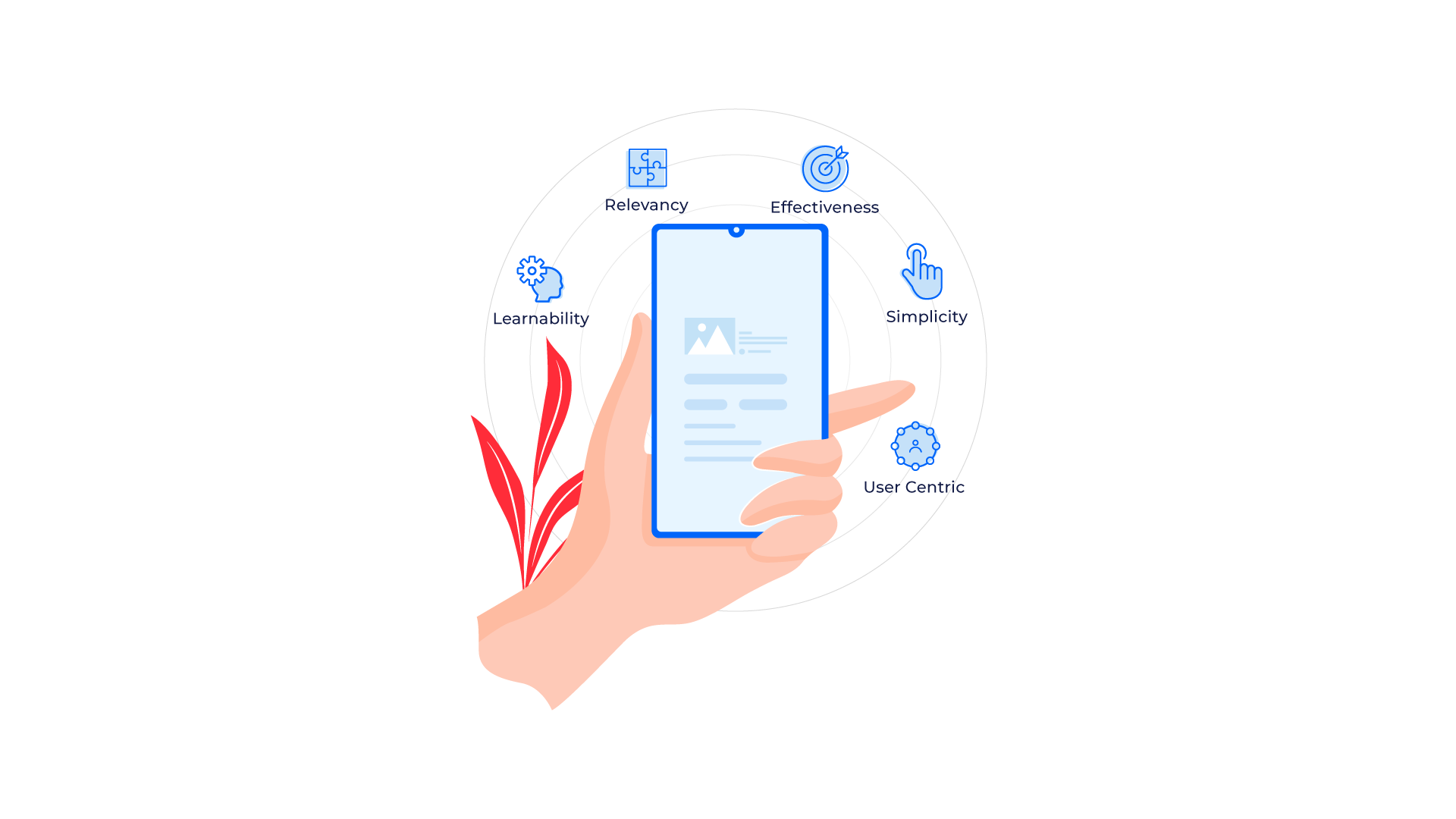Step by Step Guide for Website Redesign without affecting SEO

While performing the Website redesign, you can expect an overall change in the codes and pages. If it is done under the exact guidelines, you can foresee a positive push on your whole site’s performance in terms of organic traffic, SEO, sales, etc.
The organic traffic and SEO are directly proportional and emphasizing on the SEO guidelines will be the perfect path for the victory. But what will happen to the site’s performance on the search engine, when we are making a change in the overall structure without considering the SEO? No doubt, you will face a disaster. Through this blog, we are addressing the feasible ways to make the website redesign part as smooth as possible.
We are beginning from the very root steps of a website redesign to make better insights on the developers.
1. Audit the old site
Perform a complete website audit at the initial stage. It is not meant to check only the URL structure, but everything included in the site should be considered. You can use the free site audit tools to make the task easier. Here is a small list of free website audit tools.
- https://seomator.com/free-seo-audit-tool
- https://sitechecker.pro/
- https://www.searchenginejournal.com/free-seo-site-audit-tools/284841/
But for more precise output, it is recommended to do this task manually.

Through this step, you will get a total idea of how your site exists. Even a minute error can be identified. You should check the below-listed data in detail.
- Page titles
- Duplicate page titles
- Page titles over 60 characters
- Page titles below 55 characters
- Missing H1 tags
- Duplicate H1 tags
- Multiple H1 tags
- Meta descriptions
- Duplicate meta descriptions
- Meta descriptions over 160 characters
- Meta descriptions below160 characters
- Canonical tags
- Canonicalisation
- Broken links
- Image alt text
- XML sitemap
- Robots.txt
- Duplicate content (use Copyscape or Grammarly)
- Pages indexed by Google (do a site: command in Google)
- Site speed and performance
- URL structure
The website areas that require improvements can easily figure out by cross-checking these criteria.
Content Architecture: The content architecture and the contexts are crucial in the case of a website redesign and never miss the complete set of pages. Using the crawling tools, you will get the exact picture of the entire page list.
2. Always make your test site no-index
What will happen if your new content is crawled by the search engine, even before the launch? Of course, there occurs a duplication issue when the site launches. What is the possible way to prevent this panic situation?
Make your test site no-index. A developer can easily figure out this situation by following these steps.
- For the WordPress sites, put a tick mark in the ‘noindex’ box of site’s CMS. Then it will add the below-listed code in the head of every page.
<meta name=”robots” content=”noindex,follow”/>
- Block the site in the Robots.txt file.
Add the below code to your robots file to block the search engine bots to crawl the site.
User-agent: *
Disallow: /
3. Crawl the new site
Crawl the new site to know the overall structure, and it gives a better way to compare it with the present site.
- Address
- Content
- Status code
- Status
- Title length
- Title width
- Meta description
- Meta description length
- Meta description width
- Meta keyword
- Meta keywords length
- H1
- H1 length
- H2
- H2 length
- Meta robots
- Meta refresh
- Canonical link element
- Size
- Word count
- Level
- Inlinks
- Outlinks
- External outlinks
- Hash
4. Redirection Stage
To make a better user experience, it is inevitable to execute the proper redirections. It ensures that the new URLs are getting the appropriate mapping from the old URLs. 404 errors are not considered as a harm element with respect to the search engines, yet it creates a bad impression on the users. Also, it affects the link equity score.

You should also make proper redirection for the links that point to the 404 error page. This phase seems to be a tough task, especially for large sites.
Consider the example of changing your old URL. For instance, if your old URL was https://test.com/services.html and the new one is
http://test.com/services-test.html
The search engine will consider these links as different ones, and it creates the collision. So to avoid this problem, you need to perform the 301 redirections. It communicates with the search engine that, the page gets changed.
5. Switching process
After all these procedures, it is time to switch to the new website. Many people made the mistake of partial switching. In that method, the site is divided into some portions, and these separate portions are switched in series.
But to make the crawling process even, it is advised to perform the switching process at once.
Post-launch points to remember

Recheck the Search Console and Google Analytics: After the launch stage, make a quick research on the backlinks and also check the search console and analytics. Make sure that it is working properly and in case of error, verify it again.
Check the redirections: Cross check the old URLs to spot the ones that are not 301 redirected. Find the 404 error pages and make the desired redirections at the earliest.
Validation stage: Your old site may be performing well, but you cannot expect the same with the case of a new one. Test it using the mobile-friendly testing tools. You can use any of the below-listed tools.
- Browserstack Responsive Design Testing across Devices
- RankWatch
- W3C Mobile Checker
- Google – Page Speed Insights
- Google Developers Mobile-Friendly Test tool
XML Sitemap: Once you are convinced with your URL structure and redirections, create a dynamic sitemap, and submit it. Make sure that the list doesn’t contain any 404 errors and ensure all URLs are the target URLs versus redirects or pages that canonical to another report.
Continuous monitoring: After the launch, you need to perform thorough monitoring over the site’s performance to detect 404 errors, crawl errors, and any HTML on-page issues. You can use the search console to perform this task.
So we cover the major areas in the website redesign stages to protect the SEO ranking. It seems to be a simple task for an experienced professional but means a lot for the overall website performance. If you intend to redesign your website without losing the search engine appearance, contact the SEO and Design experts of Webandcrafts. We have a proven history of working with established sites that had high SEO rankings, and we maintain their search engine performance after their website launch.
Discover Digital Transformation
Please feel free to share your thoughts and we can discuss it over a cup of tea.










